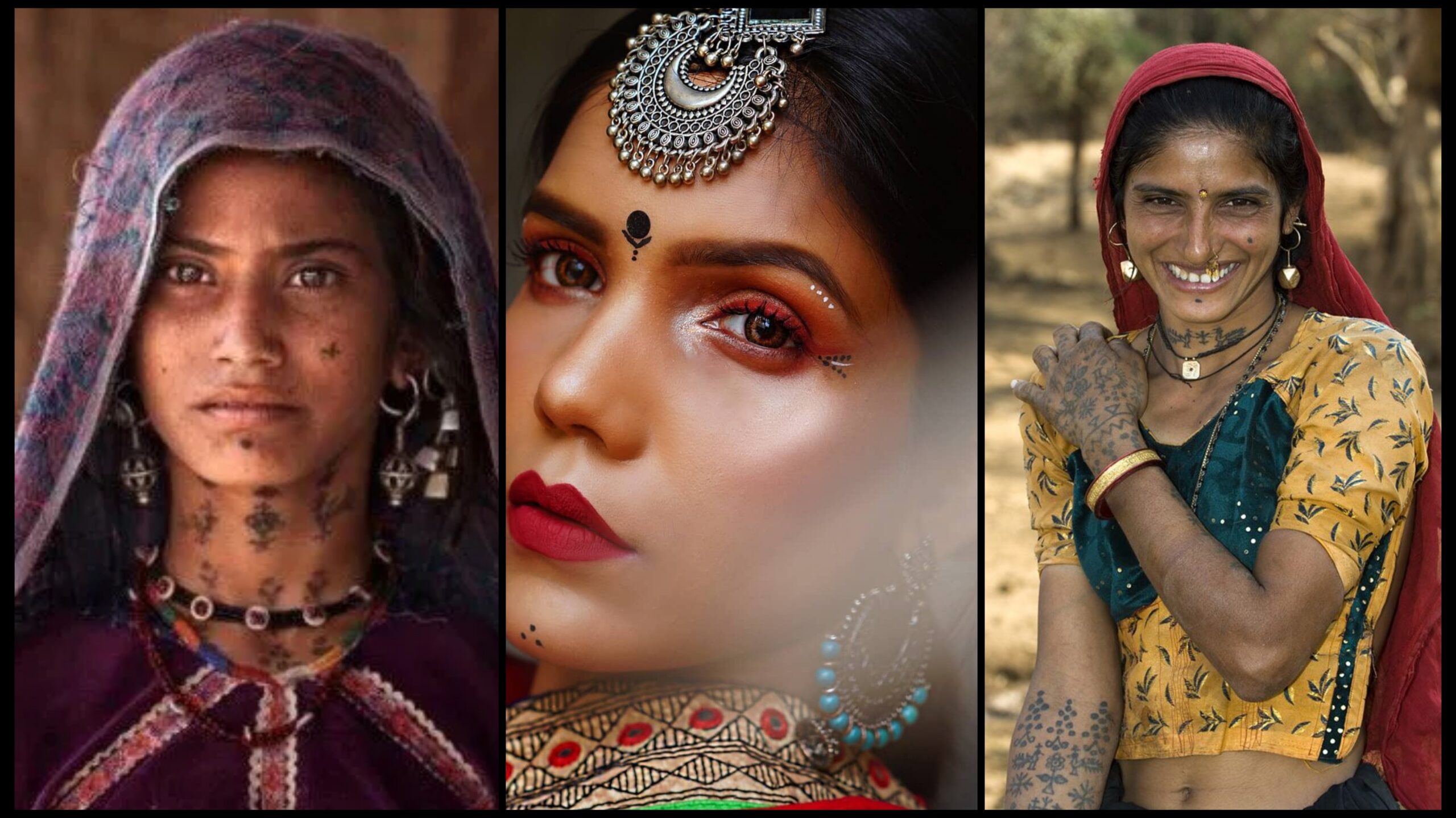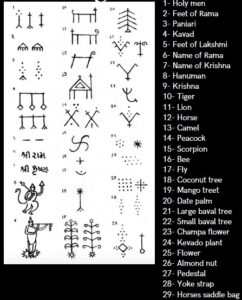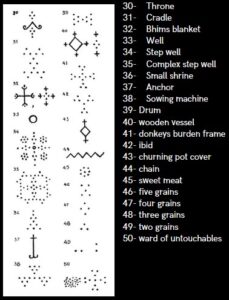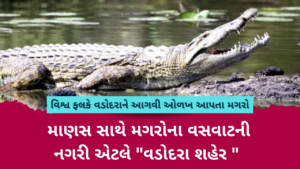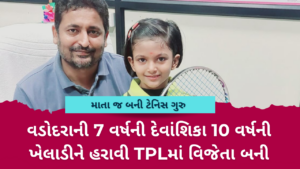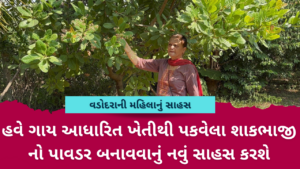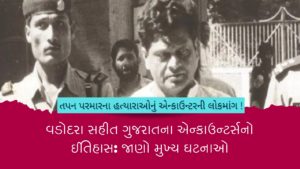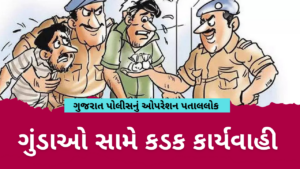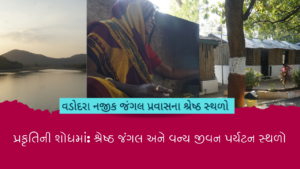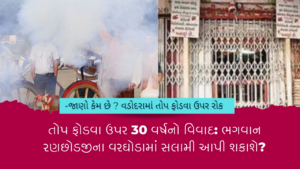The nine days of raas revelry is on. There is riot of colours on the garba grounds. While people are decked up in the best attire, there are many other traditional elements which have taken front seat in the garba makeup. Embellishments in the form of temporary tattoos have been in trend since time immemorial. One would find the patterns of traditional ‘chundanas’ and ‘trajvas’ borrowed from the Mer and Rabari community.
Indian Tattoo Tradition
Even though the majority of us in the modern world prefer to view tattoos as a means of self-expression, perhaps even as a sign of rebellion and a desire to conform to Western ideals of freedom and individuality, tattooing has really been a part of practically every human civilization since prehistoric times.
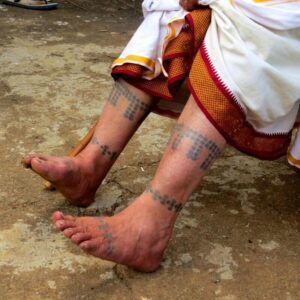 In India, too, there is a long-standing custom of getting tattooed. Individuals use these permanent marks to display their family name, indicate their social standing, identify with a certain group, designate their place in the afterlife, or just because they think it looks good.
In India, too, there is a long-standing custom of getting tattooed. Individuals use these permanent marks to display their family name, indicate their social standing, identify with a certain group, designate their place in the afterlife, or just because they think it looks good.
Many Indian tribes have a diverse array of tattoo customs, each with their own unique methods and colour palettes. State-by-state and region-by-region variations in these practises give rise to a wide range of distinctive tattooing cultures.
A lot of these tattoos were made with crude techniques, such as sharpening bones or thorns to resemble needles. The ink, which was made by gathering soot and combining it with purportedly anti-inflammatory liquids like milk, cow pee, or breast milk, was also skin-friendly.
 Its Navratri time and this time we have noticed beautiful patterns made by the garba players which is inspired from the Mer and Rabari community.
Its Navratri time and this time we have noticed beautiful patterns made by the garba players which is inspired from the Mer and Rabari community.
Borrowing from the Indigenous
There is a saying among the Mer community in Gujarat that states:
“One’s tattoos cannot be removed, not even if they are stripped of everything.
And this is what they carry into the afterlife—not worldly prosperity.”
For hundreds of years, the Rabari women of Kutch have used tattoos for medicinal, religious, and ornamental purposes. Traditionally, Mer tattoos are applied using a single stick and colour derived from tannin and soot found on tree bark. The patterns, which often cover a Mer woman’s body, are gradually disappearing though as traditional culture melds with modern living. Interestingly, these patterns have now been found on the garba grounds! Two prominent patterns are the ‘Chundanas’ and ‘Trajvas’. Every pattern has a meaning!
The good news is that many still find these traditional tattoos attractive. The historical designs have been conserved and transmitted to the next generations. People flaunt these patterns on the garba ground to express whom do they associate with. Whether it’s a large, complex artwork or a classic pattern, any design is made on the spur of the moment. Compared to conventional tattooing techniques, the lines are sharper and more polished since a pointed (mostly eyeliner brush) is used.
Young people are becoming more and more interested in hand-painted tattoos. Many are attempting tattooing since it is simple to learn with practise and there are many of internet video instructions available.

